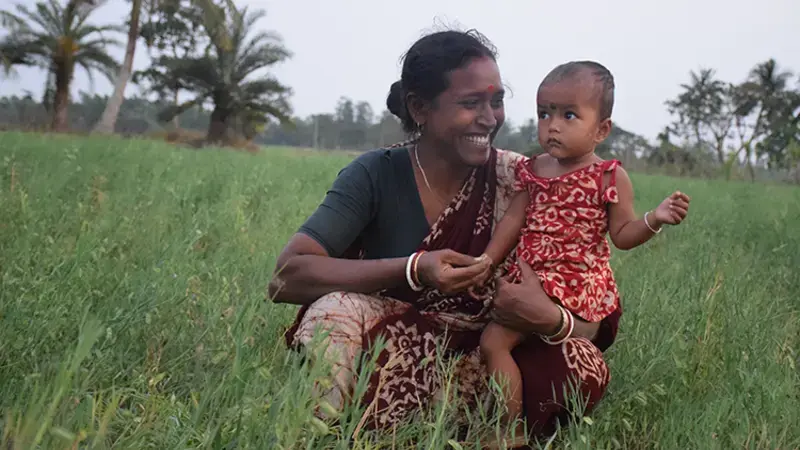A Once Barred Crop, Now a Boon

When cyclone Aila struck the Sunderbans along the Bay of Bengal in 2009, it devastated thousands of hectares of fertile land used for rice farming. As the sea water receded, it left behind soil and water so saline, nothing would grow for several seasons, leaving thousands of farmers without any source of income or even food. Grass pea, a hardy legume crop - easy to grow and known to survive in the toughest of conditions - would have provided the needed relief if it wasn’t for a neurotoxin present in its seeds. Locally known as ‘Khesari’, grass pea is typically used for fodder and was barred by the Indian government in 1960s believed to be linked to paralysis of lower limbs if consumed in large quantities over a period.
A research partnership between ICARDA and Indian institutions initiated developing new strains of grass pea to make them fit for prolonged human consumption. Crop researchers, working under India’s National Food Security Mission, developed several new varieties with less than 0.1% toxin, with tolerance to drought and water logging, and far higher yields (up to 43% more). “Varieties like Prateek have 0.08% and Ratan only 0.06% toxin levels”, says Shiv Kumar Agarwal, leading the legume breeding program at ICARDA. A partnership with a local Sunderbans NGO, the Tagore Society for Rural Development, helped promote these varieties in villages through awareness campaigns and field days, specially training women farmers on growing grass pea in rice fallows lands as a second crop, storing and cooking methods to ensure safe consumption. The farmers were able to swap old toxic seeds with new safe varieties through village seed programs.
Today grass pea is back on the menu for farmers in a big way. Not only is it safe to consume, it is providing significant nutrition, which is largely lacking in the diets of India’s rural poor. Grass pea contains up to 34% protein and other essential micronutrients, especially iron and zinc. With resilience to drought, excess moisture, salinity, diseases and pests, it has become an ‘insurance crop’ ensuring food and nutrition for low-income farmer families when all else fails.
"So far the project has reached 109 villages in 13 districts across four states in India", reports Ashutosh Sarker, ICARDA's regional coordinator and legume breeder.
Supported by: National Food Security Mission, Government of India
